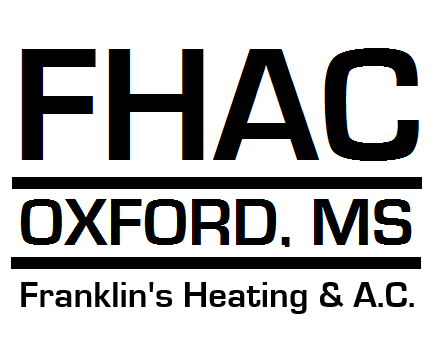Once the weather starts to cool off, you might be wondering about how you’ll take full advantage of your heating and cooling. After all, HVAC costs can make up a big chunk of your monthly electric bill. To learn new ways to lower their HVAC bill, some people take a closer look at their thermostat. Is there a setting they should use to improve efficiency?
The bulk of thermostats include both a ‘Fan’ or ‘Fan On’ setting. But if the fan is going during a regular cycle, what will the fan setting provide for an HVAC system? This guide will help. We’ll walk through just what the fan setting is and when you can use it to cut costs in the summer or winter.
How Do I Access the Fan Setting on My Thermostat?
For most thermostats, the fan setting signifies that the HVAC blower fan keeps running. Some furnaces will operate at a low level in this setting, but in most cases heating or cooling isn’t being produced. The ‘Auto’ setting, conversely, will run the fan during a heating or cooling cycle and turn it off after the cycle is over.
There are benefits and drawbacks to switching on the fan setting on your thermostat, and the ideal option {will|can|should]] depend on your unique comfort needs.
Advantages to trying the Fan/On setting:
- You can keep the temperature throughout your home more consistent by enabling the fan to keep running.
- Indoor air quality can increase since continuous airflow will keep moving airborne particles into the air filter.
- A smaller number of start-stop cycles for the HVAC fan helps extend its life span. Because the air handler is usually a component of the furnace, this means you could avoid needing furnace repair.
Drawbacks to using the Fan/On setting:
- A nonstop fan could add to your energy bills by a small margin.
- Nonstop airflow may clog your air filter up more quickly, increasing the frequency you’ll need to replace it.
{Choosing Between|Should My Thermostat Be on|Which Setting for My Thermostat? Fan or Auto in Each Season
In the summer, warm air may persist in unfinished spaces such as the attic or an attached garage. If you leave the fan on, your HVAC system can gradually move this warm air into the rest of your home, compelling the HVAC system to work more to preserve the desired temperature. In serious heat, this could result in needing AC repair more quickly as wear and tear grows.
The reverse can happen over the winter. Cooler spaces such as a basement will hold onto cooler air, which will eventually make its way into the rest of your home. Keeping the fan on will sometimes draw more cold air upward, increasing the amount of heating you need to keep warm.
If you’re still trying to determine if you should use the fan/on setting, keep in mind that every home and family’s comfort needs are not the same. Leaving the HVAC system’s fan on may work for you if:
Someone in your household deals with allergies. Allergies and other respiratory conditions can be hard on the family. Leaving the fan on is more likely to increase indoor air quality, helping your family breathe easier.
Your home experiences hot and cold spots. Lots of homes wrestle with stubborn hot and cold spots that quickly return to a temperature different from the rest of the house. The fan setting might help minimize these changes by constantly refreshing each room’s supply of air.
